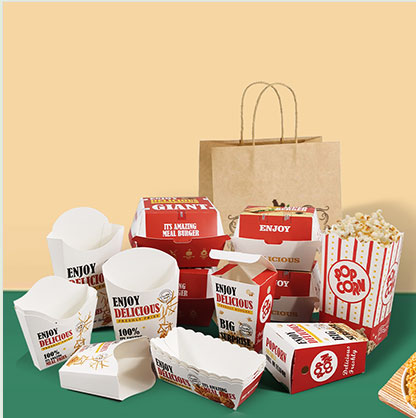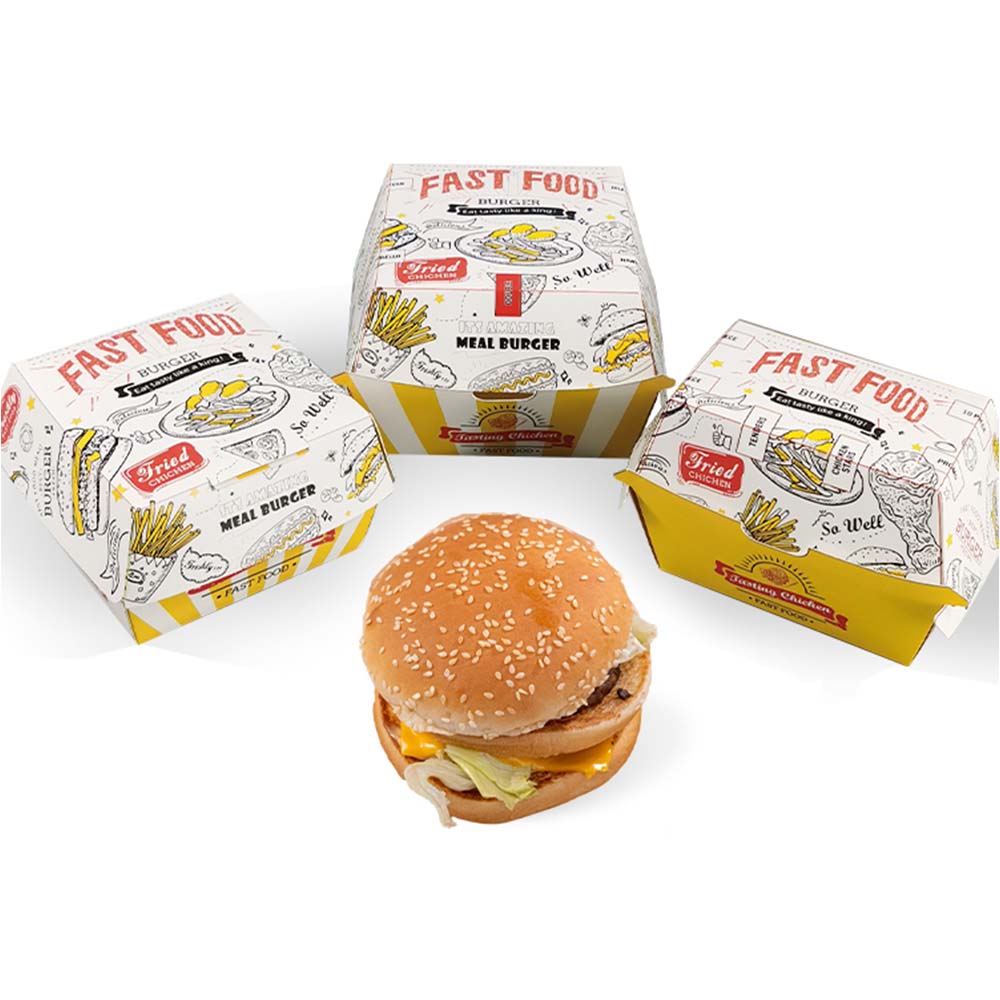Introduction

Hamburger paper – have you heard of this unique and fascinating item? At first glance it may seem like an ordinary piece of paper. But look closer, and you’ll discover some bizarre truths about hamburger paper that you likely never knew.
So what exactly is hamburger paper? Essentially, it refers to paper with a textured, bumpy surface that resembles the meaty texture of hamburger meat. The uneven texture comes from the special manufacturing process used to make hamburger paper.
In this article, we’ll cover some eye-opening facts about this one-of-a-kind paper. From its numerous uses to weird production secrets, you’re bound to learn something new. We’ll also answer common FAQs at the end. Let’s dive in!
A “Meaty” Manufacturing Method
So how exactly is the bumpy, irregular texture of hamburger paper achieved? The production process is surprisingly intricate.
It starts with raw cellulose paper, to which a special coating mixture is applied while on the paper machine. This textured coating contains small granules that elevate across the paper surface, creating an uneven texture as the paper is produced.
The coating then gets calendered, or pressed between metal rollers, causing the coating particles to adhere permanently. After drying, the end result is paper with a distincttextured finish resembling finely ground meat.
Interestingly, the raw materials and exact methods used by different manufacturers vary, making each hamburger paper unique. As you’ll see next, this special paper can serve many atypical purposes thanks to its meaty look and feel.
| Production Step | Description |
|---|---|
| Apply textured coating | Special mixture with granules is coated onto raw paper |
| Calender | Coated paper passed through metal rollers under heat/pressure |
| Dry paper | Water is removed and coating adheres |
Unexpected Uses
For its surprising resemblance to ground beef, hamburger paper lends itself to several unusual applications. Here are a few examples:
Recipe Cards: The textured surface nicely represents ground beef, making hamburger paper perfect for printing recipe cards featuring hamburgers, sloppy joes, meatloaf, and more. The visible texture reinforces the meaty theme.
Advertisements: Restaurants use it in flyers, mailers, coupons and signage to showcase burger photos and convey freshness. The bumpy texture builds appetite appeal!
Crafts: With its realistic optical properties, hamburger paper is ideal for making artificial hamburger crafts. Paper maché burgers are especially popular kids’ craft projects in schools.
Prop Food: Movie studios keep this textured paper on hand as prop food for close-ups of hamburgers in scenes. It provides a convincing visual stand-in.
As you can see, when paper mimics ground meat, it opens up some fun and creative applications!
Weird and Secret Origins
The exact origins of textured hamburger paper are shrouded in mystery. However, the most plausible explanation points to frugal butchers in the 1920s.
At neighborhood meat markets, butchers used to wrap ground beef in ordinary waxed paper. Clever butchers realized wrapping ground meat in textured paper that mirrored the beef’s texture could increase sales. Customers perceived more meat! This textured paper resembled plastic meat wrap we see today.
Premium textured beef wrap offered a competitive sales advantage. To satisfy demand from savvy butchers, a niche market for specially textured “butcher paper” emerged, made specifically for wrapping ground beef.
Later versions ultimately improved the depth, realism, and alignment of the meaty texture. And thus, hamburger paper was born! This little sales gimmick opened the door for all the present-day applications.
Myths and Rumors

Over the decades, some far-fetched myths about hamburger paper’s origins have popped up now and then. Let’s explore (and debunk) some of the silly rumors floating around.
It’s made using real beef: Just no. Hamburger paper contains no meat products whatsoever. But the manufacturing process is carefully engineered to mimic organic meat texture. This false rumor probably started because the finished product looks so realistic!
It’s a byproduct of the fast food industry: Another myth without merit. The raw materials and production methods clearly show that no leftover food scraps or waste products go into making textured hamburger paper.
Aliens brought the technology to Earth: Fun rumor, but completely fictitious! In truth, hamburger paper grew out of simple sales gimmicks in the early 20th century. The replicated meat texture results from applied chemistry, not otherworldly intervention!
Have you heard any other far-out rumors about hamburger paper? Let the mythbusting continue!
Conclusion:Hamburger Paper
After exploring the reality behind this unique, tactile paper, I hope you have a deeper appreciation for hamburger paper and its unusual qualities.
From the bumpy manufacturing secrets to its practical uses beyond wrapping raw beef, it’s clear that textured hamburger paper has moved far past its origins with butcher shops tricks-of-the-trade.
Today it permeates popular culture, appearing in movies, recipes, artwork, advertisements and children’s craft projects worldwide. What started as a clever meat merchant’s gimmick evolved into a versatile paper product with surprising staying power.
So the next time you see an image of a hamburger on a textured paper surface, you’ll no doubt recall some of these fascinating facts behind its invention. When it comes to hamburger paper, the truth is often stranger than fiction!
Let’s wrap up this meaty paper overview by answering some common questions.
FAQ
What gives hamburger paper its textured surface?
- A special coating mixture containing small granules is applied to the paper surface during manufacturing. This adds an uneven, bumpy texture that mimics ground meat.
Does hamburger paper contain any recycled beef or meat products?
- No. Hamburger paper’s main raw ingredient is cellulose paper. Its meat-like texture comes solely from the applied textured coating.
Where did the idea for textured hamburger paper originate?
- Savvy butchers in the 1920s realized that wrapping ground beef in textured paper boosted sales. Customers assumed more meat! This sparked the invention of custom papers made specifically for meat wrapping.
What are some unique uses for hamburger paper today?
- This specially textured paper now appears in recipes, flyers, greeting cards, artwork, prop food, and craft projects – any application where mimicking the look of real hamburger is helpful. Its versatility continues expanding.
